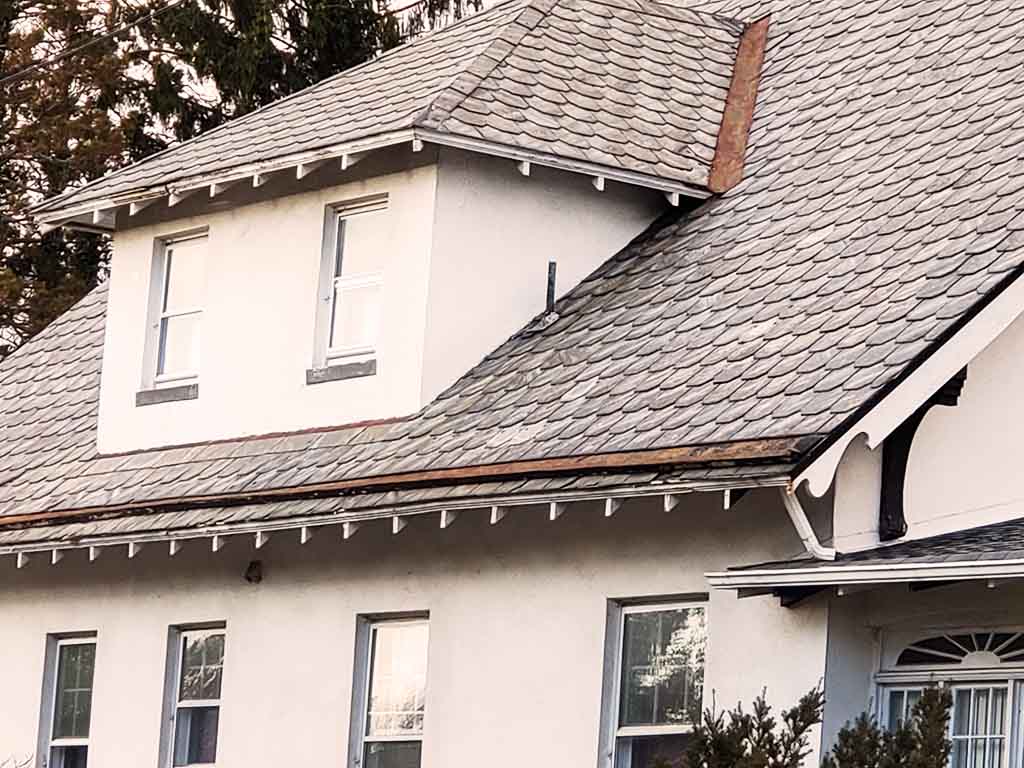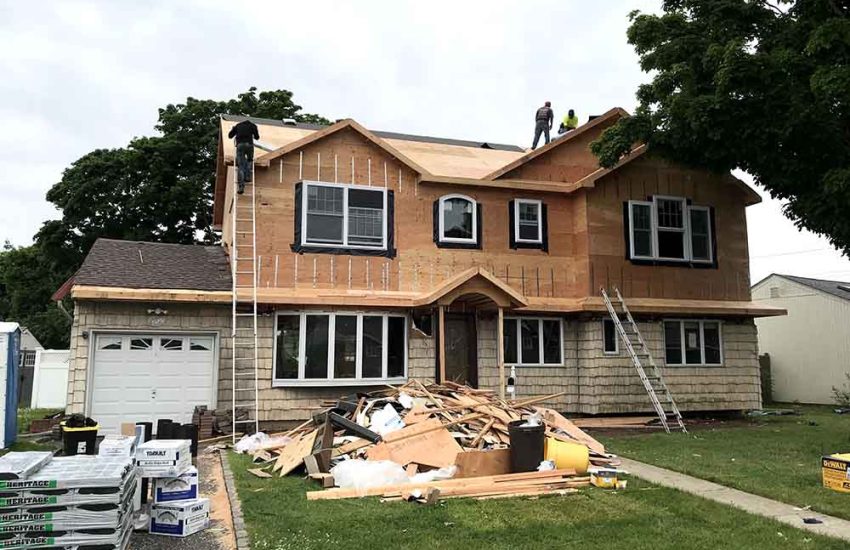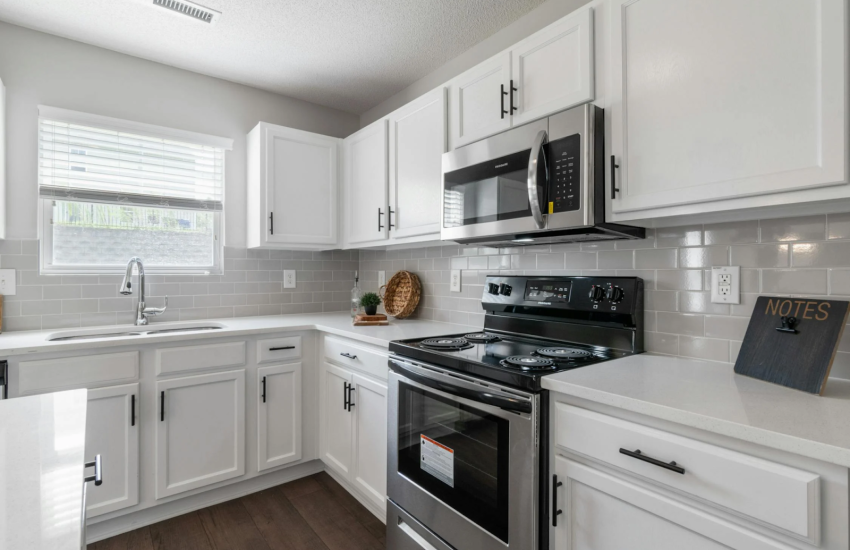Preserving History: Gutter Installation for Historic Homes
Historic homes are treasures, each with a unique story to tell and architectural details to admire. When it comes to maintaining these timeless residences, preserving their historic charm and integrity is paramount. Gutter installation for historic homes presents a unique set of challenges and considerations, but with careful planning and attention to detail, it’s possible to enhance functionality without compromising the home’s architectural character. In this blog post, we’ll explore the importance of preserving architectural integrity during gutter installation for historic homes and share valuable tips for achieving a seamless blend of old and new.
- Respect the Original Design: Historic homes often feature intricate architectural details, from ornate trim work to elaborate facades. When installing gutters, it’s essential to respect the original design aesthetic and avoid alterations that detract from the home’s character. Opt for gutters that complement the style and period of the home, whether it’s traditional half-round gutters for a Victorian-era residence or sleek, low-profile gutters for a mid-century modern home.
- Choose Materials Wisely: Selecting the right materials is crucial for maintaining the historic integrity of the home while ensuring longevity and functionality. Traditional materials such as copper, zinc, or galvanized steel are excellent choices for historic properties, offering durability and a timeless appeal. These materials can be crafted into custom gutter profiles to match the home’s architectural style, providing a seamless integration with the existing design.
- Customize Gutter Profiles: Historic homes often feature unique rooflines and architectural elements that require custom gutter profiles for a perfect fit. Work with a skilled gutter contractor who specializes in custom fabrication to create gutters that complement the home’s design and preserve its historic charm. Whether replicating original gutter profiles or designing new ones inspired by historical precedents, custom fabrication ensures a tailored solution that blends seamlessly with the architecture.
- Minimize Visual Impact: While gutters are essential for protecting historic homes from water damage, they should not detract from the home’s architectural beauty. Opt for gutter systems with a low profile and minimal visual impact, such as hidden hangers or concealed brackets, to maintain the home’s historic aesthetic. Strategic placement and careful detailing can further minimize the visual presence of gutters, allowing the architectural features of the home to take center stage.
- Work with Preservation Experts: When in doubt, seek guidance from preservation experts or historical societies familiar with the unique challenges of maintaining historic properties. These professionals can provide valuable insights and recommendations for gutter installation that respects the home’s architectural integrity while meeting modern performance standards. By collaborating with preservation experts, homeowners can ensure that their gutter installation project enhances rather than diminishes the historic character of their home.
In conclusion, gutter installation for historic homes requires a delicate balance between preserving architectural integrity and ensuring effective water management. By choosing appropriate materials, customizing gutter profiles, and minimizing visual impact, homeowners can protect their historic properties while enhancing their functionality and longevity. With careful planning and attention to detail, gutter installation can seamlessly integrate with the architectural character of historic homes, preserving their beauty and heritage for generations to come.




